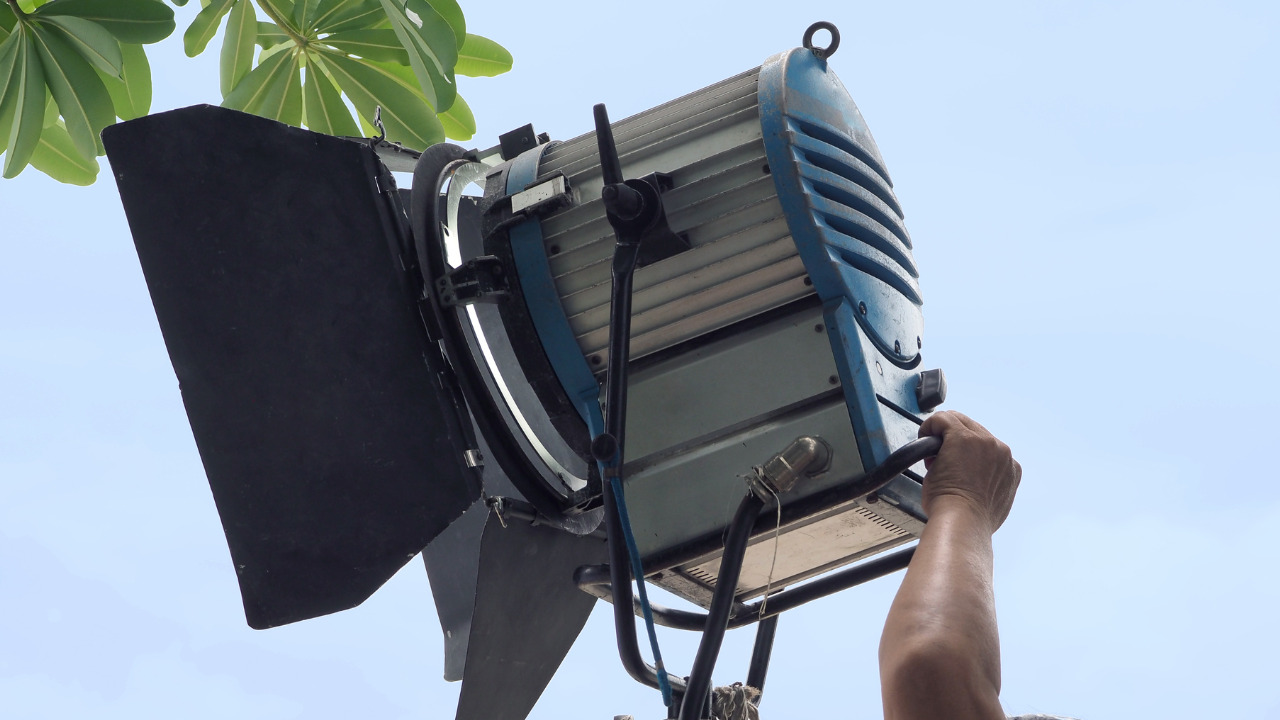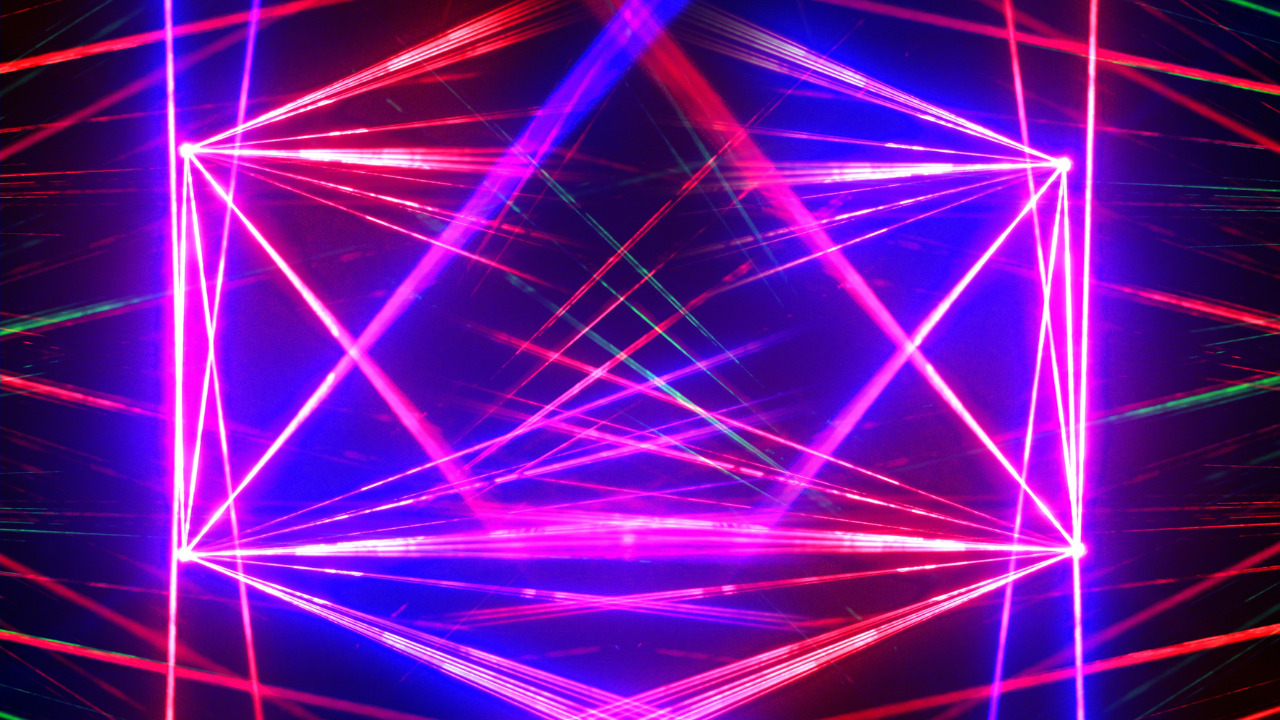Whenever a concert is arranged or a drama event is happening around town, we buy the tickets and reach the venue to enjoy the show.
Little do we know that it takes a lot of hard work and reliability to set that show on fire by using a proper stage lighting system. If you’ve gotten into event management or are interested in stage lighting types, you’re at the right place.
Over the years, different types of stage lighting have evolved and been introduced to address other needs. With so many options available on the market, including the Vorlane brand, it cannot be easy to choose what will work best for you.
Below, we will break down a few of the most popular types of stage lighting and explain what they are and when they are used.
Table of Contents
Importance Of Stage Lighting
Any theatrical performance needs lighting as a crucial component. The actors can be seen on stage, the action is brought to the public’s attention, and even acts like scene changes are hidden from the audience. While the main character is moving through the nighttime woods outside, a moveable spotlight follows him as gobos project eerie trees onto the cyclorama.
Stage lighting might be used in situations like this to captivate the audience. Different stage lighting gear was employed in theatres and concert venues to achieve the required effects. Ensure that the audience can see and follow the action taking place on stage by using lighting in a way that meets these requirements.
The time of day or the tone of the presentation can be reflected in the lighting by lowering or raising the intensity. Depending on the angle the lighting is coming from, it can highlight one figure while allowing other characters to blend into the background.
Lighting can move by using moving lights or projecting scenes onto a background. Actors can be sculpted by accent lighting, making them appear larger than life or stand out against a background.
Types Of Stage Lighting
There are several stage lighting options to consider while illuminating the stage and, eventually, the subject on stage. A reputable event production or AV company can choose the ideal lighting for your event. These stage lighting fundamentals are important for you to understand since they can also assist you in determining how to illuminate a stage appropriately.
Spotlights
Spotlights are one of the most commonly used types of stage lights. They are used to highlight specific areas or performers on stage. Spotlights can be used to create a variety of moods, from dramatic to playful. You can add life to the whole performance by using it correctly.
Floodlights
Floodlights are similar to spotlights but emit a wider beam of light. They are often used to wash an entire stage with light or to provide background illumination. It’s normally in the form of a huge fixture that the light controller can tilt vertically or move horizontally.
Par Can Lights
Par Can lights are named after their rectangular shape (parallel cans). They often accentuate certain stage features, such as backdrops or props. They are almost identical to car headlights and have a plain design. You need a reputable stage lighting equipment supplier to get lights like these.
Stage Lamps
Stage lamps are designed to provide general lighting for a performance space. They are typically placed at the edges of the stage or in the wings, so they don’t interfere with the action on stage.
Ellipsoidal
Ellipsoidal fixtures are named for their shape, similar to an ellipse or oval. Ellipsoidal fixtures are very versatile and can be used for various lighting tasks.
They offer a wide range of beam angles and can be fitted with multiple lenses to change the shape of the beam.
Follow Spots
If you’ve been to any stage event, you must have seen the performers being followed around by a light.
Follow spots are specialized spotlights that follow a specific performer around the stage. They are operated by a human operator who uses a joystick to control the light’s movement.
Fresnel Lights
These lights, named after the one who invented them, Augustine Fresnel, are a perfect choice for washes.
Fresnel lights are typically used as backlights or side lights in stage productions. They help to create depth and dimension on the stage, making your performance look even more professional.
Cyc Lights
Cyc fixtures get their name because they are designed to light up cycloramas or large fabric backgrounds. They offer a wide beam angle perfect for evenly lighting large grounds.
By learning about varying types of stage lights, you can create something spectacular and leave the audience awe-struck like never before.
Laser Lights
Frequent laser displays occur at high-impact events like concerts. Despite being quite bright and focused, they don’t contribute much to increasing the amount of light or brightness in a place. They serve more as decoration or ambiance instead.
This is not to argue that they are dull; far from it. Nothing can compare to the intensity laser lights provide to your living space. They cannot act as the main source of illumination.
Frequently Asked Questions
Do stages use different fixtures or lighting equipment?
The Fresnel lantern, used for general wash lights to illuminate the entire stage, is one piece of stage lighting equipment. On stage, areas are highlighted using parabolic reflector spots. Light concentration using an elliptical reflector spotlight.
Specific patterns can be preprogrammed into moving headlights. All of the lighting cues are coordinated by the central control panel. Lights are brightened or dimmed by dimmers. Lights can be programmed to turn on at specific times using timers.
What is stage lighting equipment?
Everything needed to illuminate the stage is included in the stage lighting equipment. Additionally, it consists of bars to support and connect the lights and spotlights for emphasis and focus, housings or cases for the bulbs, rigging to hold up the lights, and a control panel to manage all the lighting signals.
Conclusion
Hopefully, this article has given you a better grasp of stage lighting fundamentals, but if you’re still unsure, hire experts! The numerous forms of stage lighting you have access to will be discussed, and professional audiovisual teams will work with you to recommend the lighting for speakers and performers that will work best for your particular event.















